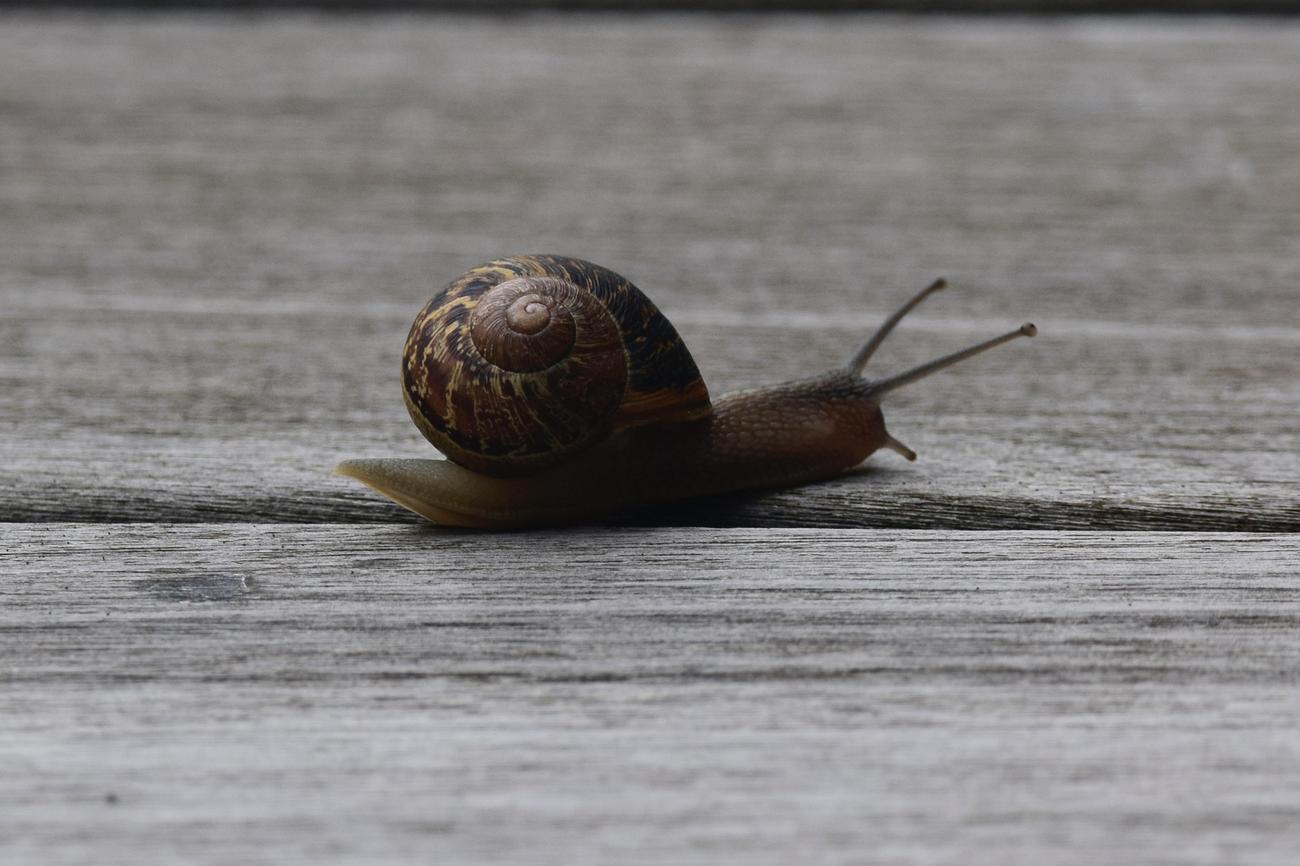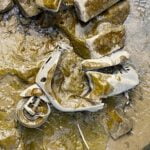Are you ready to dive into the captivating world of slime? Join me on a journey through centuries as we unravel the mesmerizing evolutionary tale of this intriguing substance. From its humble beginnings to its extraordinary transformations, we will explore the secrets hidden within the slime and its significance in the intricate web of life. Get ready to be amazed by the remarkable adaptations and peculiarities of slime, as we delve into its diverse history and uncover the mysteries that lie beneath its slimy surface.

Evolution of Slime over centuries
Centuries of Slime: Unraveling the Evolutionary Tale
Slime, those gooey substances that often invoke a sense of revulsion, hold a mesmerizing story of evolution. From their humble beginnings as mucins—proteins acting as vessels for sugar molecules—to their intricate role in various organisms, slime has undergone remarkable transformations over time. Join me on this captivating journey through the ages as we explore the captivating tale of slime’s evolution over centuries.
To understand the evolution of slime, we must first grasp its composition. Slime is primarily composed of mucins, which form long, rigid rods with sugar molecules attached along their length. These proteins act as binding agents, providing stability and elasticity to the slime. As we delve deeper into the evolutionary history, we find that slime has played a crucial role in the lives of snails, hagfish, and even humans.
In nature, slime can be found abundantly, both as a means of protection and as a lubricating agent. Snails, for instance, use slime to create a slimy trail that aids in their locomotion. On the other hand, hagfish produce copious amounts of slime when threatened, effectively deterring predators. In the human body, slime manifests in various forms, with mucus being a notable example. Mucus lines our respiratory tract, acting as a sticky barrier to trap harmful particles, preventing them from entering our lungs.
But how did slime evolve from its humble origins? The evolution of slime involves the co-opting of non-mucin proteins by mucins, leading to the formation of sticky and versatile substances. This co-option allows slime to perform its diverse functions across different organisms. Additionally, the study of slime opens a fascinating window into the role that repetitive DNA plays in evolution, shedding light on the mechanisms of genetic adaptation and innovation.
Mycetozoa, or slime molds, have a particularly intriguing story. These organisms, which existed during the Ordovician period roughly 400-600 million years ago, have evolved through the aegis of slime. Slime molds exhibit a unique characteristic—they can exist as individual cells, yet come together to form a multicellular “slug” when conditions become unfavorable. This collective behavior grants them resilience and survival advantages.
The evolution of cellular slime molds has seen an interesting development—the increase in the size of their fruiting bodies. Fruiting bodies are the reproductive structures of slime molds, from which spores are released to propagate future generations. Over time, the evolution of larger fruiting bodies has allowed slime molds to disperse their spores more efficiently, ensuring the survival and dispersal of their species.
Throughout history, the monophyly and phylogenetic affinity of slime molds have been topics of intense debate. Researchers have utilized various molecular techniques, combined with careful morphological analysis, to unravel the evolutionary relationships within slime molds. While the exact phylogenetic affinities may vary, there is no doubt that slime molds hold a unique place in the grand tapestry of life, with their intricate slime-based adaptations.
In conclusion, the evolution of slime over centuries is a wondrous tale of transformation. From their composition as mucins and sugar molecules, to their roles in the lives of snails, hagfish, and humans, slime is a versatile and captivating substance. Through the co-opting of non-mucin proteins and the exploration of repetitive DNA, slime offers insights into the mechanisms of adaptation and innovation. Slime molds, with their collective behavior and the evolution of larger fruiting bodies, exemplify the remarkable diversity and resilience of slime-based organisms. So, join me in unraveling the evolutionary tale of slime as we embark on this fascinating journey through centuries of adaptation and survival.
“Slime, the remarkable substance that transcends its gory reputation, carries within its gooey depths a captivating story of evolution.”
Slime has been capturing the attention and curiosity of people for years. From its origins to its modern-day popularity, the history of slime is a fascinating journey. If you want to dive deep into the slimy world and uncover the secrets behind its creation and evolution, click here for the captivating tale of the History of Slime. Don’t miss out on this opportunity to explore the origins and transformations of this iconic substance. So, what are you waiting for? Let’s embark on this slimetastic adventure together!

FAQ
Q: What is slime made up of?
A: Slime is made up of proteins called mucins, which are vessels for sugar molecules.
Q: What is the structure of mucins in slime?
A: Mucins often take the shape of long, rigid rods with sugar molecules attached along the length.
Q: What role does slime play in the lives of organisms?
A: Slime plays a role in the lives of snails, hagfish, and humans.
Q: Where can slime be found?
A: Slime can be found both in nature and inside the human body.
Q: How does slime evolve?
A: The evolution of slime involves the co-opting of non-mucin proteins by mucins.












